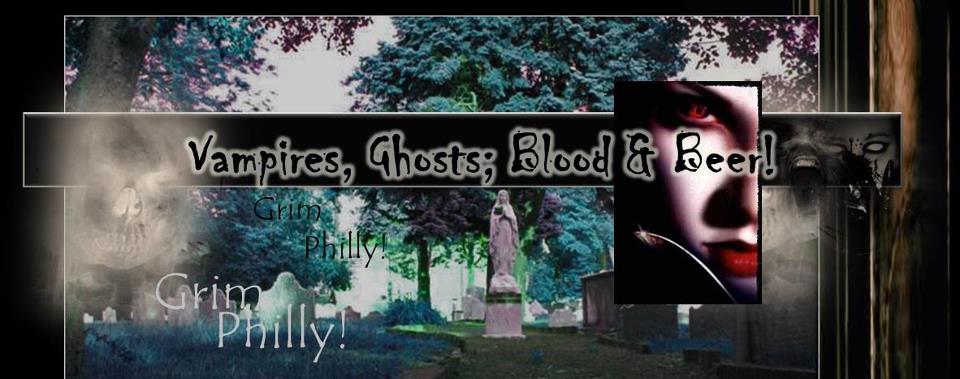by Marianne
Ruane
As I am now so you shall
be,
Prepare for Death &
follow me.*1
Seventeenth
century Americans were very familiar with death. One of ten children died in
its first year of life, and in the cities where people were less healthy, such
as Boston, three out of ten infants died within the first year. Of children
born in the 1600s, only sixty percent reached adulthood. Puritans believed that
even young children were blighted by original sin, and children were
continually reminded that their ultimate destination was most likely Hell,
sooner rather than later. Puritan minister Cotton Mather (of Salem witch trial
fame) was recorded saying, “Go into Burying-Place, CHILDREN; you will there see
Graves as short as your selves. Yea, you may be at Play one Hour; Dead, Dead
the next.” Even Puritan schoolbooks reminded children of looming death, “Tis
not likely that you will all live to grow up.” “T--Time cuts down all/Both great
and small.”2
